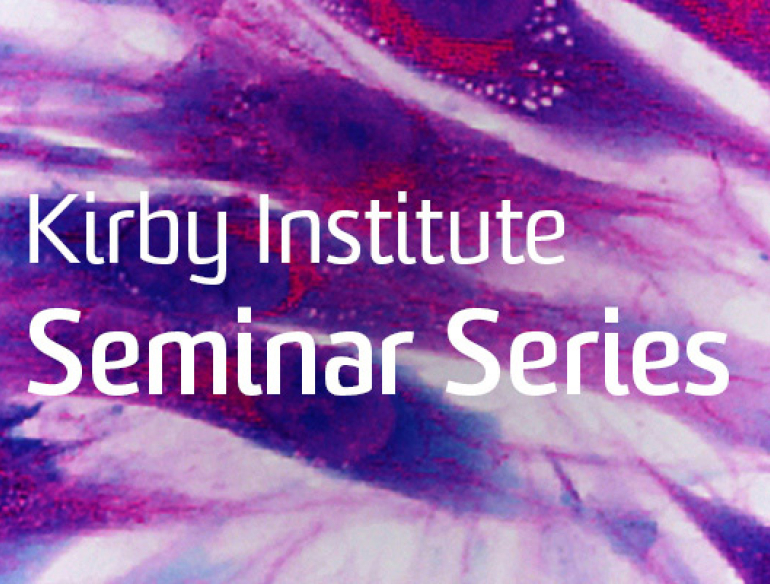Location:
Berg Family Foundation Seminar Room, Level 6, Wallace Wurth Building, Kensington Campus, UNSW Sydney
Cost
Free
Contact for enquiries
Rata Joseph, +61 (2) 9385 0900 or recpt@kirby.unsw.edu.au
Kirby Institute Seminar Series presents
 |
PhD Student, Biostatistics and Databases Program, Kirby Institute |
About your speaker
Sirinya Teeraananchai is studying a PhD, in the Biostatistics and Databases Program at the Kirby Institute, which deals with the cohort observation of Thai HIV-infected by using the National Health Security Office database (NHSO) which is a part of universal coverage program in Thailand. She’s a Statistician at The HIV Netherlands Australia Thailand Research Collaboration (HIV-NAT), which is the international HIV clinical research unit within the Thai Red Cross AIDS Research Centre. She has experience with cohort data regarding HIV-infected children. The main project is TASER-P which monitors development of resistance to second-line antiretroviral (ARV) regimens in children and adolescents in 10 Countries throughout Asia, and coordinated by the Foundation for AIDS Research. Other projects consist of studying long term outcomes of children and adolescents who have HIV infection in Thailand and looking for behavioural risk factors such as drinking alcohol, smoking, sexual risk and adherence ARV in adolescents, which associates with their quality of life and treatment failure by using Audio Computer-Assisted Self-Interview (ACASI).
Abstract
The past two decades have seen an increase in the number of patients with HIV accessing treatment in resource limited settings. This has resulted in better prognosis and increased life expectancy of HIV-infected individuals. This thesis aims to 1) quantify the estimated life expectancy of HIV-infected patients among different income regions, and 2) investigate programmatic and patient outcomes of those treated under the Universal Coverage program (UC) in Thailand.
Meta-analytic techniques were used to assess life expectancy across high and low/middle income countries. This thesis also assesses outcomes of the UC between 2008 and 2014, when the database was linked with the National Death Registry. Life expectancy was estimated using the abridged-life table method. Survival analysis techniques were used to estimate lost to follow-up (LTFU) and mortality rates in adults, and attrition and treatment outcomes in children who started first-line antiretroviral therapy (ART).
Life expectancy after starting ART differs markedly between high and low/middle income regions. The life expectancy between sex is similar in high income countries, but in low/middle income countries, women had better life expectancy than men. This pattern of better life expectancy in women was also found in the Thai UC system. In addition, life expectancy of Thai HIV-infected people has improved over time, and with increasing CD4 cell count at ART initiation. Loss to follow-up was higher prior to ART compared to after starting ART, but the rates were modest compared to cohorts in sub-Saharan Africa. Patients who are young and healthy had the highest risk of LTFU, especially adolescents. Children aged <12 years starting first-line ART were more likely to achieve immunological recovery compared to children ≥12 years, many of whom switched to second-line ART within 6 months after detectable viral load failure.
Scaling-up of ART has substantially increased the life expectancy of patients starting ART between different income regions globally, and more specifically within the Thai UC system. These results demonstrate that the Thai UC, with integrated provision of treatment and care services for people living with HIV, is effective in terms of programmatic and patient outcomes and could provide a model for service and care delivery in other resource-limited countries.
